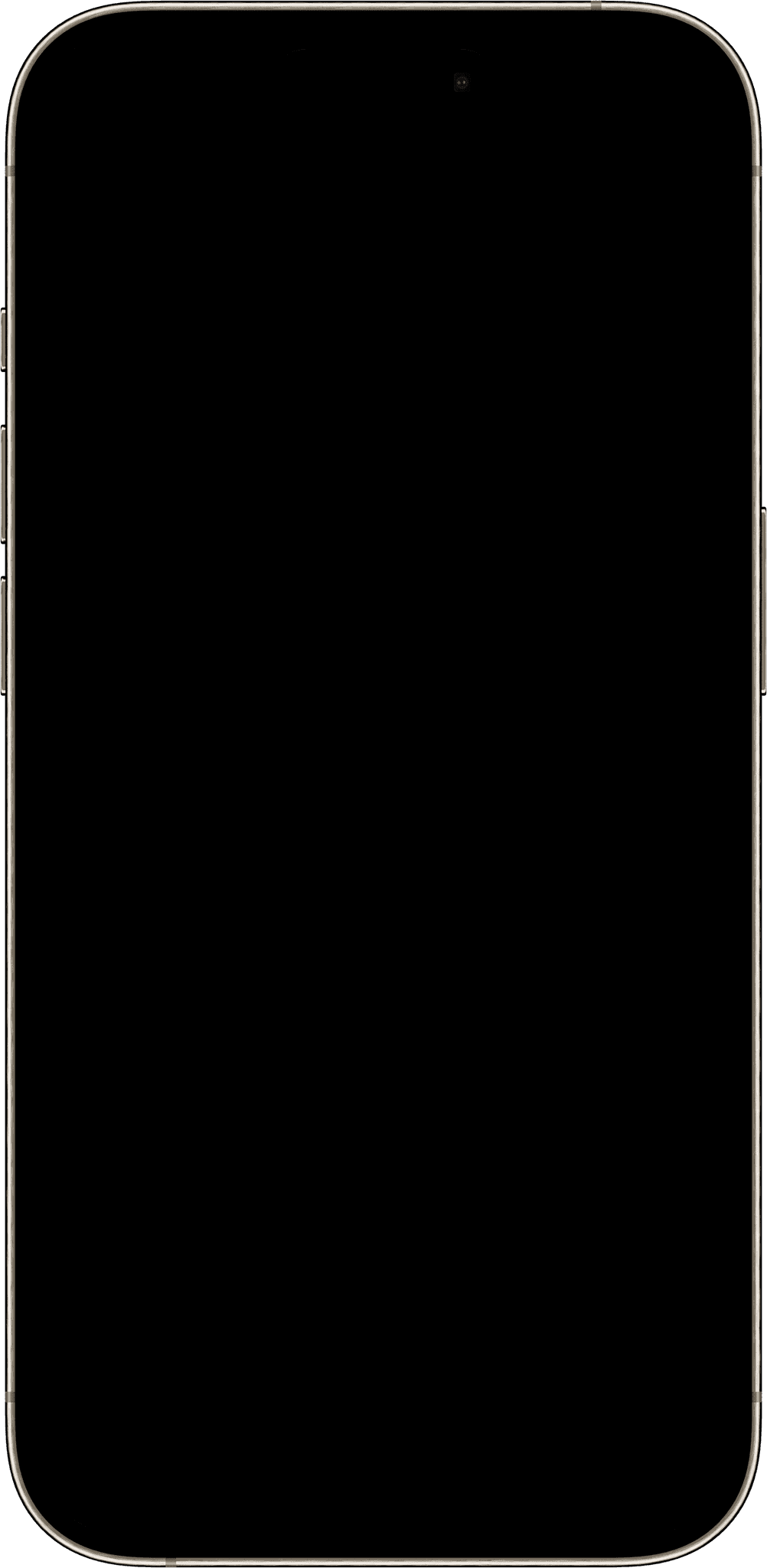
Microinteractions
to disrupt TikTok’s "Filter Bubbles"

Academic projects with real users
I redesigned TikTok's content experience for young women, transforming their passive scrolling into an empowered journey that increases content diversity by 40% while requiring minimal user effort.
This project redefined how social media platforms can give users control over algorithmic recommendations without sacrificing engagement.
Product
My Role
Timeline
Tools
Skills
Mobile App, User Experience Redesign
Lead UX Researcher & Designer
6 Months | Dec 2023 - May 2024
UX Research, Co-Design Workshops,
Prototyping, Usability Testing,
Interaction Design, System Mapping
Figma, Miro, Adobe XD
The Challenge
TikTok's recommendation algorithm is exceptionally effective at engaging users through hyper-personalized content, driving the platform's explosive growth to 1 billion+ users. However, this personalization creates significant psychological and social costs, particularly for young women.
50%+
Negative Body Image
Over half of young women report experiencing negative body image issues after using TikTok compared to 32% for traditional media users
82%
Content Reinforcement
users spend time viewing content that reinforces existing interests, creating a narrower worldview than the 65% reported for other social platforms
23%
Active Curation
highlighting a significant gap between user desires and behaviors."While 76% of users report wanting more control over their content feed
2-3
Hours Daily
Average time spent on TikTok by users aged 16-24, creating significant influence on perceptions
Discovery & Research
The Science Behind the Problem
User Interviews
Young women aged 16-24
8
Co-Design Sessions
Active TikTok users
6
Literature Review
Academic papers analyzed
14
Identified
UX pain points
17
Algorithm Opacity
87% of participants could not accurately describe how TikTok's algorithm selects content for their feed
Content Concerns
Users reported repeated exposure to content about beauty standards (76%) and unrealistic body images (68%)
Content Diversity
82% of user time spent viewing content that reinforced existing interests, limiting exposure to new perspectives
Passive Consumption
Only 23% of users regularly utilized platform controls to curate their feed, most relied on the algorithm without intervention
Expert Quote
"Social media algorithms that optimize for engagement often inadvertently create echo chambers that amplify existing biases and insecurities. Without intentional design interventions, these systems can damage users' mental health."
— Prof. John Paolillo, Social Media Informatics expert, Indiana University
"
Emma, College Student, 19 years old
"I know I spend too much time on videos about perfect bodies and beautiful people. I try to swipe past them, but they keep coming back. I honestly don't know how to get more diverse content."
Jamie, Content Creator, 22 years old
"The algorithm rewards certain content types with more views. I've found myself making more beauty and lifestyle videos even though I started with educational content. That's where the views are."
Sophia, High School Student, 17 years old
"When I'm feeling down, I notice I get more fashion and makeup videos. It's like the app knows I'm comparing myself to others. Sometimes I delete the app because it makes me feel worse."
Understanding the design space
After identifying the key challenges with TikTok's recommendation algorithm, I mapped the problem context to understand how filter bubbles form and impact young women's self-perception. This visualization captures the ecosystem of factors that contribute to negative experiences on the platform.

Meet Ria! A passive user,
interacts with what she likes organically
Interacts with the platform mindfully
Takes time and effort
Dislikes effort
Browses naturally
Passive User
The Filter Bubble Cycle

Problem Framing
After synthesizing research insights, I identified three key themes that would guide the design solution:
Transparency
Making the recommendation algorithm more open
Autonomy
Giving users greater control over content selection
Diversity
Encouraging exposure to varied perspectives
These themes addressed the core pain points identified in the research:
Lack of transparency in how content is selected
Limited user autonomy in controlling their feed
Misinformed user inputs that reinforce problematic content loops
Insufficient diversity in the filtering process
Workshop Outcome
Process
Plan
Display content on a bias spectrum and provide option to dial it up/down for other content
Fun Pop up bias quiz pops up after random videos upon scrolling that asks users, quick questions about what they feel about the videos they have been watching
Narcissism
Ideal body
Option to set preferences, block words, hashtags, comments in the sign up process or in settings
Show users metric of what they are watching and what is out there, give them an option to explore..
Ability to choose from the different viewing personalities of yourself; make different user personalities, the foodie, the fashionista, the environmentalist.




The Problem Statement

Design Process
After synthesizing research insights, I developed a four-phase ideation process to address the key challenges. For each phase, I focused on creating solutions that would help young women gain control over their content while requiring minimal effort.
1
Co-Design Sessions
I conducted collaborative design workshops with 6 participants (aged 18-26) to generate ideas that would resonate with real TikTok users. The goal was to kickstart initial ideation on the "How might we" statement and explore solutions from the user perspective.
2
Conceptualization
I conducted collaborative design workshops with 6 participants (aged 18-26) to generate ideas that would resonate with real TikTok users. The goal was to kickstart initial ideation on the "How might we" statement and explore solutions from the user perspective.
3
Testing & Gallery walks
We needed to evaluate multiple new TikTok features through a genuinely user-centric lens, moving beyond traditional testing methods to understand how these features would perform in real-world contexts.
Over 2 months, I conducted deep testing with 5 diverse users, prioritizing rich qualitative insights through sustained engagement rather than broad, shallow feedback from many participants.
Authentic Environment
Testing protocol that met users in their natural TikTok environments:
Morning coffee scrolling (quick engagement)
Commute sessions (focused attention)
Waiting room scenarios (distracted usage)
Evening wind-down (exploratory browsing)
Scenario-Based
Created realistic scenarios that matched actual user mindsets:
"You're feeling anxious today, want calming content..."
"You're interested in learning something new..."
"You notice a health claim..."
Social Dimension
Recognizing TikTok's inherently social nature, I implemented paired testing sessions where friends who normally share TikTok content tested features together.
Day-in-the-Life Studies
I conducted full-day shadowing with 5 power users, observing which features they naturally discovered and engaged with throughout their typical TikTok usage.

4
Unexpected Insights & Conceptualization
The most valuable finding emerged organically during week 3 when 3 of the 5 participants independently expressed a desire for community perspectives on content
Expert Quote
"It would be nice to know others' perspective on trending topics rather than just one creator's view." - Pooja, 19
"When I see health advice, I always wonder if other people have tried it or if experts have weighed in." - oliver, 34

Rapid Testing Results
We prototyped and tested the Community Context feature with our original participants:
87% noticed the context pill without prompting
64% engaged with the feature when encountered
79% reported increased platform trust
The feature evolved based on direct user feedback:
Initial version: Information overlay (users found it too intrusive)
Refined version: Subtle pill that expands only when tapped (highly positive reception)
The Final Solution
Reimagined Content Recommendations on TikTok to Moderate Impact on Young Women's Self-Perception
1
Community Context Feature
A subtle information pill showing community perspectives on trending topics:
Community consensus with fact-checking
Expert verification from relevant professionals
Optional engagement that doesn't disrupt scrolling
User Statement
"This makes TikTok feel like more than just entertainment. I can learn from multiple perspectives without wading through comments." — Maya Patel, 19
2
Viewing Pattern Analytics
Visualizations that help users understand content recommendation sources
User Statement
"I finally understand why my feed looks the way it does. The algorithm feels less mysterious now."
— Tanya L., 31



We have recommended this video based on the following videos you interacted with
See the detailed map
You liked this
You looked up the creator
You replayed this twice
You liked this


Share
578
328.7K


Share
578
328.7K
Share
578
328.7K
Share
578
328.7K
Watch your viewing pattern in the form of videos and/or charts



See why are you getting a content on your feed? Where does it come from?
3
Optional Reflection Prompts
Redesigned to be completely non-intrusive, encouraging mindful content consumption
User Statement
"Having it as an option rather than forced makes all the difference."
— James K., 42
Get self appearing forms on the feed for reflection and feedback loop






Impact
While not actually launched on the TikTok platform, the results from our controlled testing environment yielded promising insights as a part of the academic project






